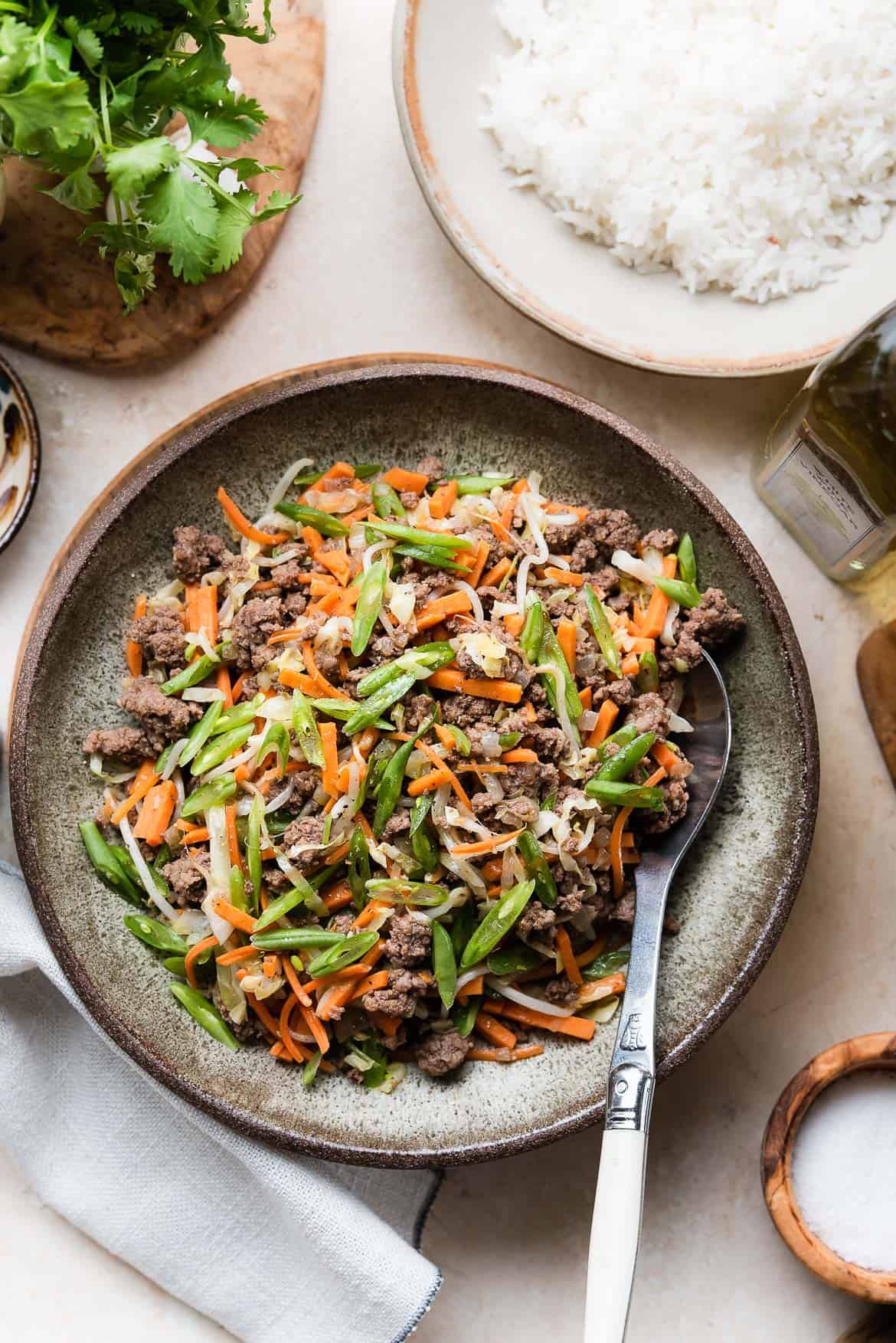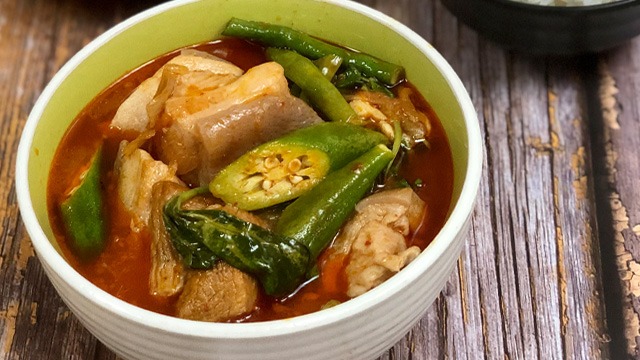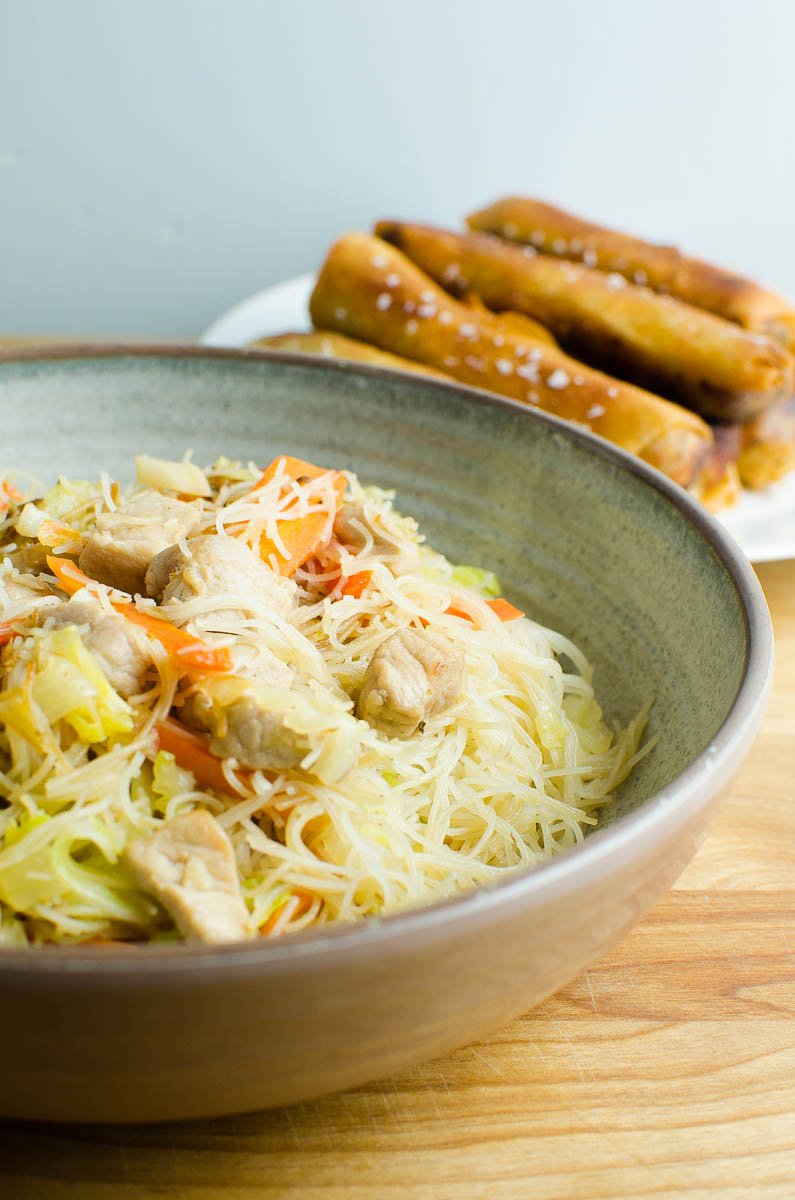Genuine Filipino Food Recipes to Try at Home
Exploring genuine Filipino food dishes presents a possibility to appreciate the detailed tastes and social relevance behind each recipe. From the well-loved Adobo, with its tasty sauce, to the tasty Sinigang that embodies the essence of Filipino comfort, these recipes welcome a deeper understanding of traditional cooking techniques. Utilizing fresh, neighborhood ingredients is important, as is welcoming communal dining-- a trademark of Filipino society. As we consider the vital aspects and strategies that define these culinary treasures, one may wonder what details dishes can really record the heart of this vibrant food.
Popular Filipino Cuisines
Filipino food flaunts a rich tapestry of flavors and traditions, with over a dozen iconic dishes that highlight the nation's varied cultural influences. Among one of the most popular meals is Adobo, a mouthwatering stew commonly made with poultry or pork, marinaded in vinegar, soy sauce, garlic, and spices. Its tangy taste account makes it a staple in Filipino homes.
Another beloved recipe is Sinigang, a sour soup commonly made with tamarind, tomatoes, and different vegetables. This recipe can include pork, shrimp, or fish, and its rejuvenating taste is excellent for warm climates. For those with a craving for sweets, Leche Flan-- a luscious caramel custard-- works as a prominent treat, showcasing the Filipino fondness for rich, pleasant flavors.
Kare-Kare, a passionate oxtail stew with a thick peanut sauce, together with the renowned lumpia, or springtime rolls, additionally exemplify the selection discovered in Filipino cuisine. Each meal not just uses distinct preferences but additionally narrates of local ingredients and historical influences, making Filipino food a dynamic representation of its culture and heritage.
Essential Ingredients for Filipino Cooking
The essence of Filipino food preparation hinges on its necessary components, which work as the foundation for the country's precious recipes. A range of tastes and textures come together, showcasing the varied social influences that shape Filipino cuisine.
Trick ingredients consist of rice, the staple that goes along with nearly every dish, representing food and area. Soy sauce, vinegar, and fish sauce (patis) are important for spices, conveying umami and depth to recipes. Fresh natural herbs like cilantro and basil add fragrant freshness, while garlic, onion, and ginger supply a durable flavor base.
Healthy protein resources such as pork, hen, and seafood are main to numerous dishes, usually marinaded to enhance preference. Veggies like eggplant, bitter melon, and environment-friendly beans add essential nutrients and balance - Filipino food recipes. Coconut milk is one more significant component, offering creaminess and a refined sweetness to various stews and desserts
Finally, calamansi, a citrus fruit, supplies a rejuvenating tang that elevates dishes and drinks alike. With each other, these components produce the lively and rich tapestry of tastes that define Filipino cuisine, making it both comforting and unique. Understanding these fundamentals is essential for anyone wanting to reproduce authentic Filipino recipes at home.
Step-by-Step Recipe Guide

Beginning by preparing your components. For Adobo, cut the meat into uniform items and marinate it in soy sauce, vinegar, garlic, and bay leaves see this page for at the very least thirty minutes. Next off, heat oil in a frying pan and sauté the garlic and onions till aromatic, then add the marinaded meat, permitting it to brownish equally.
For Sinigang, start by steaming water in a pot and adding your choice of meat. Once tender, incorporate tamarind paste or fresh tamarind for that signature sour taste. Follow with vegetables like radish and kangkong, cooking up until just tender.

Tips for Genuine Flavor
Frequently, accomplishing authentic flavor in Filipino meals depends upon the cautious selection and treatment of ingredients. Beginning with fresh, top quality fruit and vegetables, as the vibrancy of veggies and natural herbs dramatically boosts the dish's total preference. Staples like garlic, onions, and ginger form the fragrant structure for numerous recipes; using them in correct percentages is important.
Selecting the right healthy protein is similarly important. Conventional adobo often employs chicken or pork, seasoned to absorb the marinate's full flavor. In addition, take into consideration sourcing locally generated or local components, as they can provide credibility that store-bought alternatives do not have.
Food preparation strategies also play an important role. Slow-cooking approaches, such as braising or stewing, allow flavors to fuse perfectly, while frying can include a satisfying structure. Don't neglect spices; using salt, fish sauce, or soy sauce at the best minutes can boost a recipe considerably.
Serving and Taking Pleasure In Filipino Food
Culinary experiences are enriched when Filipino food is served with interest to custom and neighborhood. The method of sharing dishes is central to Filipino culture, symbolizing unity and friendliness. When serving Filipino recipes, think about making use of standard serveware, such as clay pots or bamboo baskets, which boost the credibility of the experience.
Commonly, Filipino dishes are taken pleasure in family-style, with a variety of meals put at the facility of the table. This communal strategy motivates official website interaction and enables visitors to sample various tastes. A well-curated spread could include staples like adobo, sinigang, and lumpia, complemented by rice, which is an essential component of every meal.
Going along with the food with typical condiments, such as soy sauce, vinegar, or chili paste, can boost the eating experience, inviting diners to tailor their plates to their preferences. Additionally, including local drinks, like calamansi juice or tuba, can improve the overall flavor profile.
Conclusion
